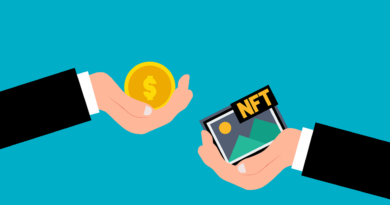5 Actions to Take When Opening Emails to Remain Cyber Secure
Email is one of the world’s most commonly used forms of communication. It’s also one of the most easily compromised. Whether you’re dealing with spam, phishing, or malware attacks, you can do a few simple things to protect yourself and stay cyber secure.
1. Check the Email Address
Phishing emails can often look very similar to emails from legitimate sources. One way to tell if an email is fake is to check the email address. The email address for a phishing email will often be very different from the address of the legitimate source. For example, an email from your bank may come from “support@yourbank.com,” but a phishing email may come from “support@fakebank.com.”
2. Check for Links and Attachments
Phishing emails often contain links and attachments. When you hover over a link, the link URL will usually show up in a small pop-up box. If the link URL does not match the website, it is supposed to be linking to; it is probably a phishing email.
Similarly, attachments in phishing emails will often have file extensions different from those of legitimate attachments. For example, an attachment in a phishing email might have the file extension “.exe,” whereas a legitimate attachment might have the file extension “.pdf.”
3. Be Cautious of Emails That Contain Urgent or Unusual Requests
It is important to remain vigilant when checking and opening emails, as they can often contain potentially harmful links or attachments. Another common tactic used by cybercriminals is sending urgent or unusual requests, such as asking for immediate payment or personal information. It’s best to double-check the sender’s email address and contact them via a different channel (such as a phone call) to verify the request before taking action.
And always be cautious of clicking on unfamiliar links or downloading attachments, even if they seem to come from a trusted source. It’s not uncommon for hackers to spoof email addresses, so it’s always wise to err on caution and verify the legitimacy before clicking. By exercising caution with email requests, you can protect yourself from falling victim to cyber-attacks.
4. Use Strong Passwords and Change Them Regularly
Another action to take to ensure cyber security while using email is using strong passwords and regularly changing them. Hackers often use automated processes to guess common passwords or those that have a personal connection to the account holder, such as birthdays or pet names. Incorporating uppercase letters, numbers, and special characters into your password and changing it makes it much harder for unauthorized individuals to access your accounts.
Along with strong passwords, other actions to increase cyber security include not opening suspicious emails or attachments and frequently updating anti-virus software on your computer. Taking these precautions helps defend against cyber-attacks and protect our personal information online.
5. Use Anti-Virus Software
One of the best ways to guard yourself from phishing emails is to usage of anti-virus software. Anti-virus software can detect viruses that are included in phishing emails and protect your computer from being infected by malware that may be included in phishing emails.
There are a few simple things that you can do to guard yourself from phishing emails and other cyber-attacks. By being vigilant when checking and opening emails, using strong passwords, and keeping your anti-virus software up to date, you can help defend against these threats and keep your personal information safe.




